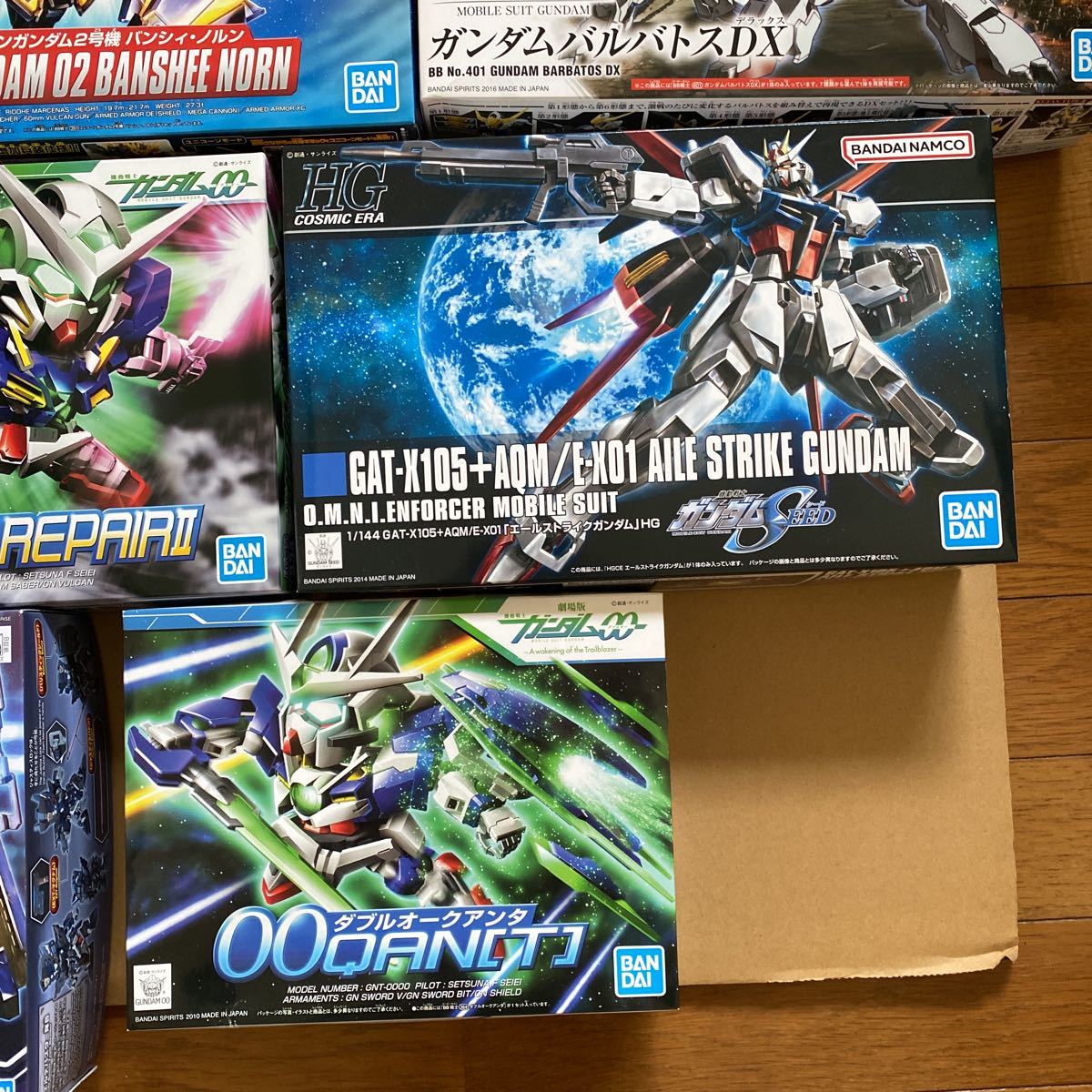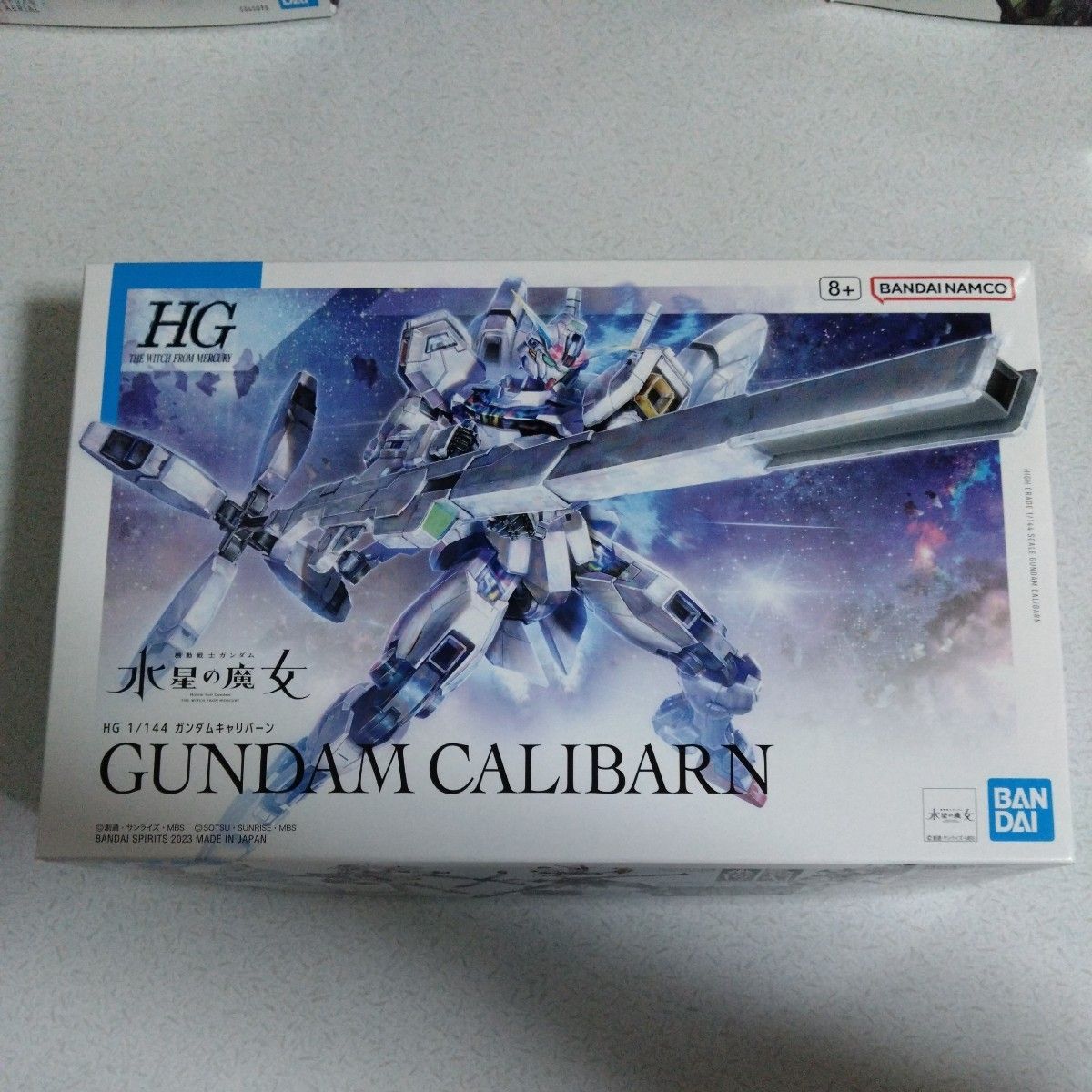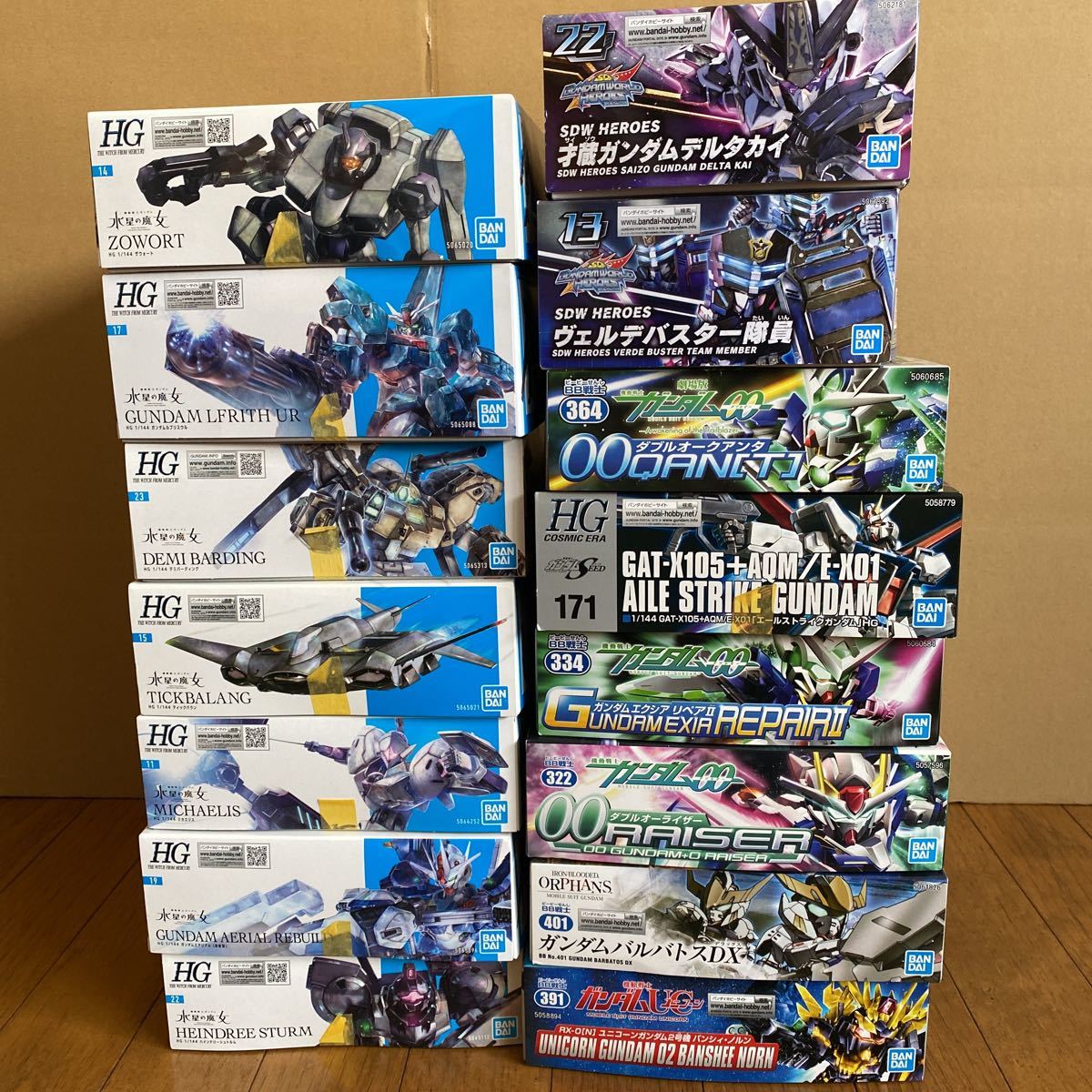機動戦士ガンダム 水星の魔女 プラモデル 6点まとめ売り
(税込) 送料込み
商品の説明
写真のものが全てになります。
バラ売りは致しません。
箱にやや凹みがあるものがございます。
未開封品ではありますが中古品につき保証は致しかねます。
状態確認を行って了承できる方のみ購入ください。
HG1/144 ガンダムエアリアル
HG1/144ガンダムエアリアル改修型
HG1/144ガンダムルブリス
HG1/144ディランザソル
HG1/144ミラソウル社製フライトユニット装備
フルメカニクス1/100 ガンダムエアリアル商品の情報
| カテゴリー | おもちゃ・ホビー・グッズ > おもちゃ > プラモデル |
|---|---|
| 商品の状態 | 目立った傷や汚れなし |

機動戦士ガンダム 水星の魔女 プラモデル 6点まとめ売り-

機動戦士ガンダム 水星の魔女 プラモデル 6点まとめ売り-

機動戦士ガンダム 水星の魔女 プラモデル 6点まとめ売り-

Amazon | BANDAI SPIRITS(バンダイ スピリッツ) HG 機動戦士ガンダム

機動戦士ガンダム 水星の魔女 ガンプラ 7体セット - プラモデル

2023年最新】機動戦士ガンダム 水星の魔女 HG 1/144 ミラソウル社製

機動戦士ガンダム 水星の魔女 ガンダムエアリアル フルメカニクス 1

未組立ガンプラ機動戦士ガンダム水星の魔女他プラモデルまとめ売り大量

Amazon | BANDAI SPIRITS(バンダイ スピリッツ) 機動戦士ガンダム 水星

水星の魔女 HG ガンプラ まとめ売り ガンダムファラクト、ダリルバルデ

未組立ガンプラ機動戦士ガンダム水星の魔女他プラモデルまとめ売り大量

話題の「ガンダムシュバルゼッテ」など「水星の魔女」新作ガンプラが

機動戦士ガンダム 水星の魔女 ガンダムエアリアル フルメカニクス 1

Amazon | BANDAI SPIRITS(バンダイ スピリッツ) HG 機動戦士ガンダム

HGガンダム 水星の魔女 ガンプラ エアリアル スレッタ キャリバーン

未組立ガンプラ機動戦士ガンダム水星の魔女他プラモデルまとめ売り大量

機動戦士ガンダム 水星の魔女」より「HG 1/144 ガンダムエアリアル」が

ガンプラ HG 水星の魔女、ジャンク等まとめ売り-

Amazon | HG 機動戦士ガンダム 水星の魔女 ハインドリーシュトルム 1
Blu-ray】TV 機動戦士ガンダム 水星の魔女 Season2 vol.4 特装限定版

Amazon | BANDAI SPIRITS(バンダイ スピリッツ) HG 機動戦士ガンダム

HG 144 水星の魔女 ガンプラ 15個 まとめ売り
歳末セール】バンダイ HG 1/144 ガンダムエアリアル (改修型) 5065096

未組立ガンプラ機動戦士ガンダム水星の魔女他プラモデルまとめ売り大量

機動戦士ガンダム水星の魔女 ガンプラまとめ売り - 模型/プラモデル

機動戦士ガンダム 水星の魔女ガンプラ19個+ディスプレイ1個計20個

HGガンダム 水星の魔女 ガンプラ エアリアル スレッタ キャリバーン

未組立ガンプラ機動戦士ガンダム水星の魔女他プラモデルまとめ売り大量

楽天市場】HG 機動戦士ガンダム 水星の魔女 ダリルバルデ 1/144

機動戦士ガンダム 水星の魔女」よりガンプラ「HG MS拡張パーツセット1

HG 1/144 機動戦士ガンダム 水星の魔女 6点セット|Yahoo!フリマ(旧

機動戦士ガンダム水星の魔女 ガンプラまとめ売り - 模型/プラモデル

一番くじ ガンプラ 2023 C賞 D賞 K賞水星の魔女セット即購入

未組立ガンプラ機動戦士ガンダム水星の魔女他プラモデルまとめ売り大量

機動戦士ガンダム 水星の魔女 ミオリネ・レンブラン フィギュアライズ

機動戦士ガンダム水星の魔女 ガンプラまとめ売り - 模型/プラモデル

Amazon、ガンプラ「HG 機動戦士ガンダム 水星の魔女」3商品の2次受付を
買取】機動戦士ガンダム 水星の魔女 | ガンダム(プラモデル/ホビー

ガンプラ 水星の魔女14点セット-

2023年最新】HG 機動戦士ガンダム 水星の魔女 ベギルペンデの人気

商品の情報
メルカリ安心への取り組み
お金は事務局に支払われ、評価後に振り込まれます
出品者
スピード発送
この出品者は平均24時間以内に発送しています














